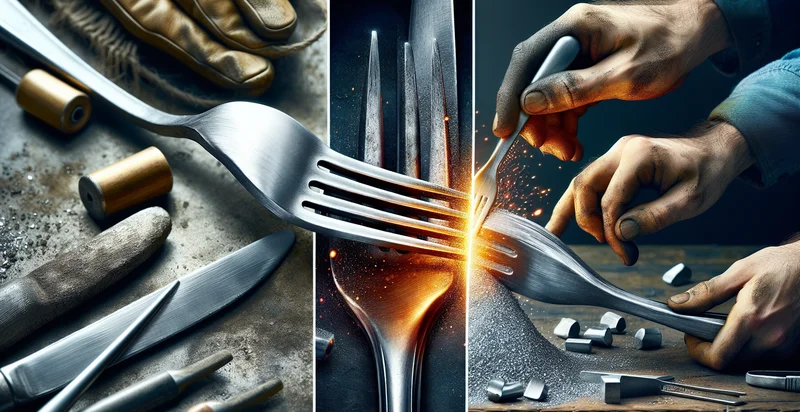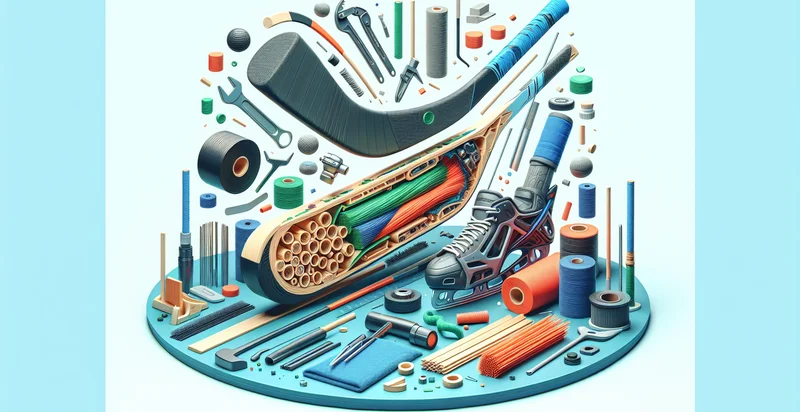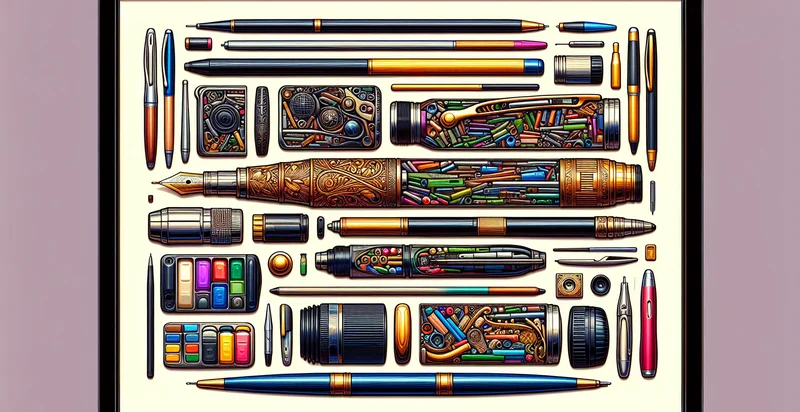Identify what material a fork is made from
using AI
Below is a free classifier to identify what material a fork is made from. Just upload your image, and our AI will predict what material a fork is made from - in just seconds.

Contact us for API access
Or, use Nyckel to build highly-accurate custom classifiers in just minutes. No PhD required.
Get started
import nyckel
credentials = nyckel.Credentials("YOUR_CLIENT_ID", "YOUR_CLIENT_SECRET")
nyckel.invoke("what-material-a-fork-is-made-from", "your_image_url", credentials)
fetch('https://www.nyckel.com/v1/functions/what-material-a-fork-is-made-from/invoke', {
method: 'POST',
headers: {
'Authorization': 'Bearer ' + 'YOUR_BEARER_TOKEN',
'Content-Type': 'application/json',
},
body: JSON.stringify(
{"data": "your_image_url"}
)
})
.then(response => response.json())
.then(data => console.log(data));
curl -X POST \
-H "Content-Type: application/json" \
-H "Authorization: Bearer YOUR_BEARER_TOKEN" \
-d '{"data": "your_image_url"}' \
https://www.nyckel.com/v1/functions/what-material-a-fork-is-made-from/invoke
How this classifier works
To start, upload your image. Our AI tool will then predict what material a fork is made from.
This pretrained image model uses a Nyckel-created dataset and has 13 labels, including Aluminum, Bamboo, Carbon Fiber, Ceramic, Composite, Glass, Metal, Plastic, Rubber and Silicone.
We'll also show a confidence score (the higher the number, the more confident the AI model is around what material a fork is made from).
Whether you're just curious or building what material a fork is made from detection into your application, we hope our classifier proves helpful.
Related Classifiers
Need to identify what material a fork is made from at scale?
Get API or Zapier access to this classifier for free. It's perfect for:
- Material Quality Assessment: This function can help manufacturers determine the quality of materials used in fork production. By identifying the material composition, companies can ensure that their products meet safety standards and consumer expectations regarding durability and performance.
- Supply Chain Verification: Businesses can use this function for verifying the authenticity of materials sourced from suppliers. By classifying the materials of forks, companies can flag inconsistencies, reducing the risk of counterfeit or substandard materials entering the production line.
- Environmental Compliance: Organizations can ensure compliance with environmental regulations by identifying the materials used in utensils. Understanding whether forks are made from recyclable or harmful materials can guide sustainability efforts and improve corporate responsibility.
- Product Innovation Insights: This feature can aid R&D teams in exploring new materials for fork design. By analyzing current materials in the market, teams can identify opportunities for innovation, such as creating eco-friendly or biodegradable options.
- Consumer Education and Marketing: Businesses can leverage this function to enhance product descriptions and marketing campaigns. By accurately identifying materials, they can educate customers on the benefits and uses of different types of forks, influencing purchasing decisions.
- Cost Analysis: Companies can analyze the cost implications of different fork materials using this classification function. By understanding material composition, businesses can optimize their procurement strategies, ensuring they choose the most cost-effective options without compromising quality.
- Fork Lifecycle Assessment: This function can be utilized in lifecycle assessments to evaluate the environmental impact of different fork materials. By classifying materials, companies can better understand the sustainability of their products and make informed decisions that improve their overall ecological footprint.


